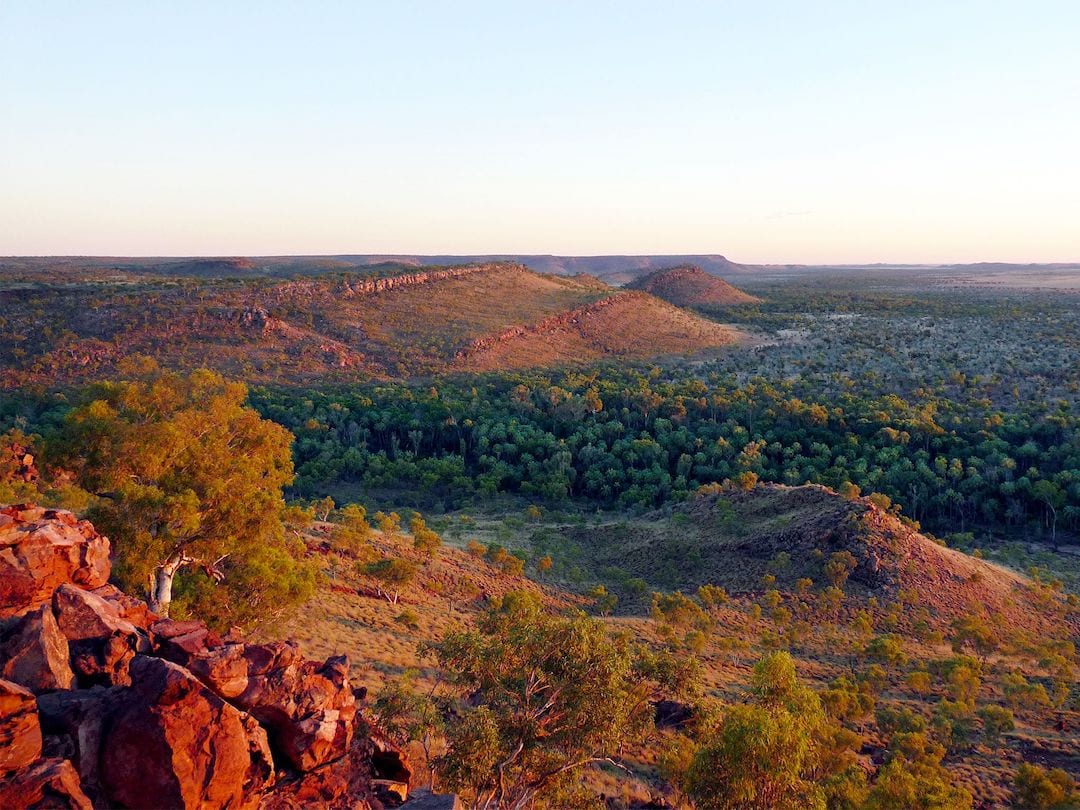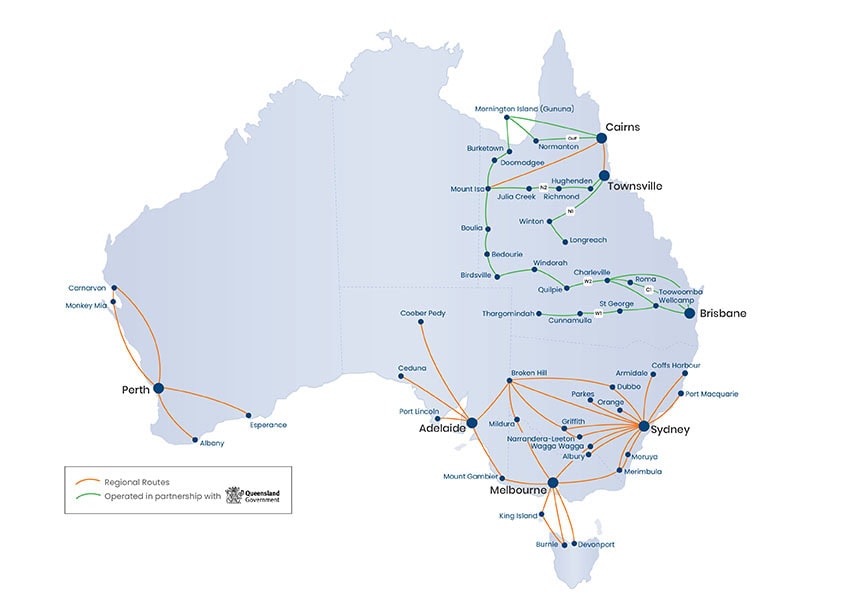Boodjamulla National Park has so much to explore, from its interesting history to its diverse wildlife.
The park, formerly known as Lawn Hill National Park, is renowned for its vibrant vegetation and crystal-clear waters. Visitors can expect to get up close and personal with some of Australia’s lesser-known animals while visiting here, and immerse themselves within this beautiful region.
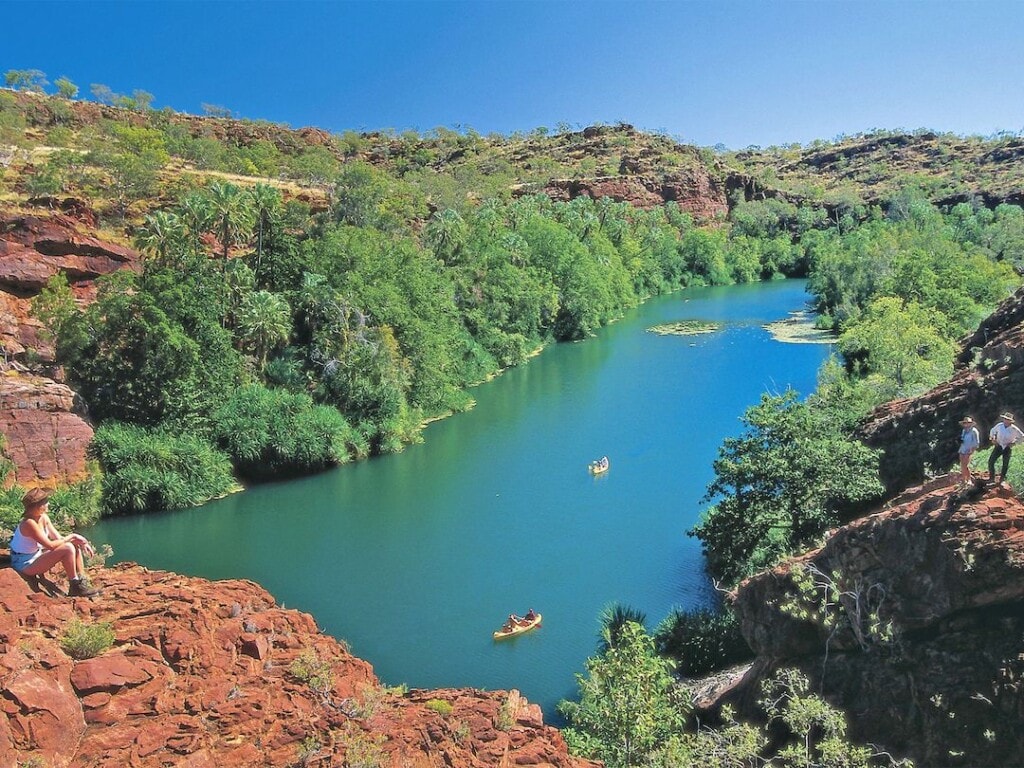
Features and facts
Boodjamulla National Park is found in Queensland’s north-west highlands. It has become popular due to its incredible gorges, sandstone ranges, and large collection of fossils. The park is found on the ancient sandstone of the Constance Range, and is fed by several freshwater springs which lead into Lawn Hill Creek.
Boodjamulla is home to a wide range of plants and animals. Australia’s largest freshwater turtle, the Gulf Snapping turtle, was considered extinct for many years before it was spotted in the waters of Lawn Hill Creek. The same waters are home to freshwater crocodiles and more than 20 types of fish. On land, visitors often spot olive pythons, ring-tailed dragons, and many species of birds.
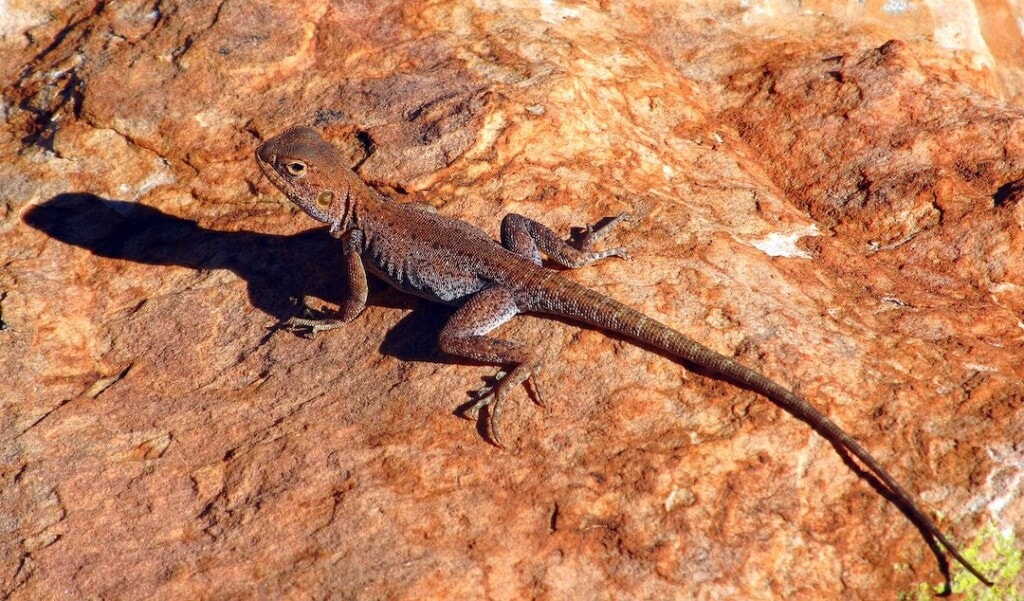
Indigenous history
The Indigenous connection to Boodjamulla has been traced back at least 17,000 years. The traditional owners are the Waanyi People. According to their Dreamtime stories, Boodjamulla was a Rainbow Serpent who formed the Lawn Hill Gorge. The Indigenous people have been using the national park as a place of ceremony for generations, believing that polluting the water or treating it without respect will cause the Rainbow Serpent to leave and take the water with him.
The Waanyi people work closely with the Queensland Parks and Wildlife Service to preserve the national park and ensure respect for the land is at the forefront of all efforts.
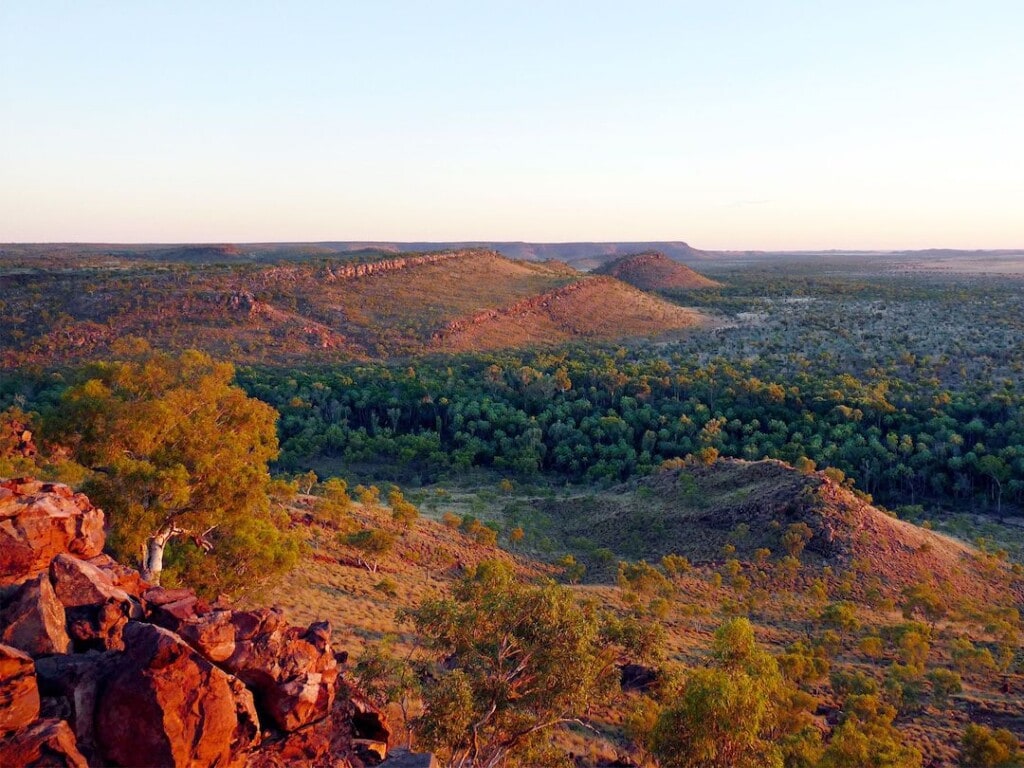
See and do
When visiting Boodjamulla National Park, there’s so much to explore. For those wishing to spend a night under the stars, there are several tent and trailer sites on offer. All sites have flushing toilets and showers, located on the banks of the river for spectacular views of the gorge.
There are also amazing walking trails in the area, catering to all levels of difficulty. One of the most popular walks is the Constance Range track, which takes hikers onto the ridge tops of the Constance Range for panoramic views of the landscape below. To connect with the area’s Indigenous history, the Wild Dog Dreaming Track will take visitors on a tour of beautiful rock art.
If water is more your thing, canoeing is another great way to see the landscape of Boodjamulla. There are plenty of places to hire canoes, where you can launch into the water and explore the middle and upper gorges by boat.
Finally, many people come to Boodjamulla for the birdwatching. Migrating birds pass through the gorge on their journey, and eagle-eyed observers can often find rare birds such as purple-crowned fairy-wrens dotting the landscape.

Fabulous fossils
In the southeast section of the park, visitors will find the Riversleigh World Heritage Area, one of the most significant fossil deposits in the world and Australia’s biggest fossil mammal deposit.
The fossils found at this site have been dated back 25 million years, and include a variety of animals such as turtles, fish, crocodiles, lizards and birds. The fossils have been useful to researchers as signs of Gondwanan life forms, a supercontinent that broke up into the continents we know today.
It’s clear that Boodjamulla National Park is an important landscape both culturally and ecologically. Visitors to this amazing site are sure to leave with a new appreciation for the natural world, and some great stories to share.
To discover more about the region surrounding Boodjamulla National Park, click here. And make sure to check out our guide to the best nature and wildlife experiences in the country!
Travel to Boodjamulla National Park
Rex flies to Doomadgee. Book your tickets here and check out their route map below.

